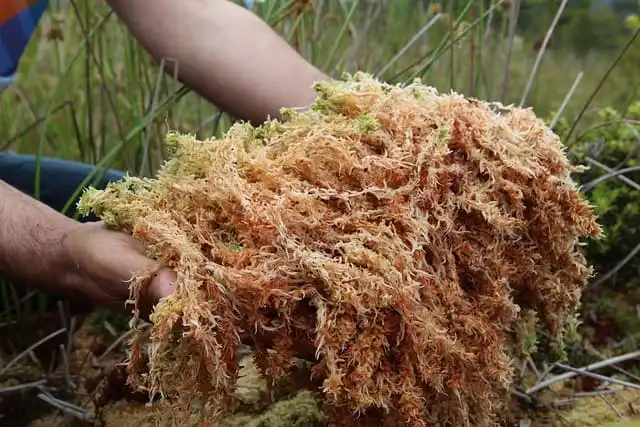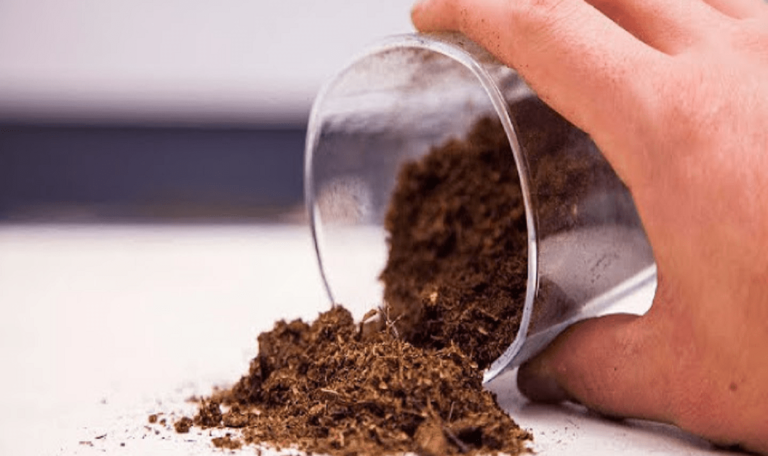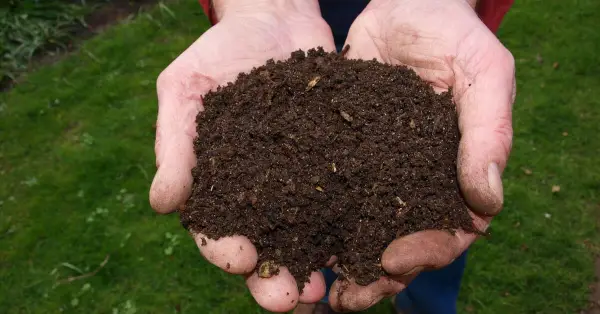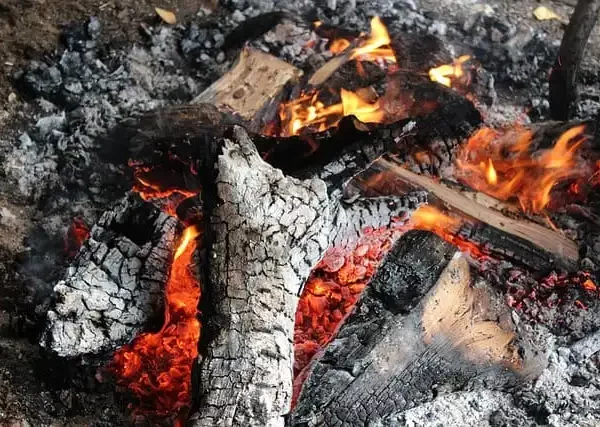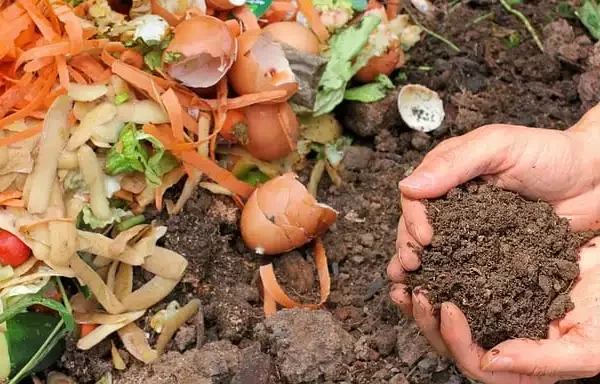Introduction to Peat Moss
Peat moss is derived from decomposed sphagnum moss and other organic materials found in peat bogs, predominantly in northern regions globally. It serves as a vital resource in agriculture, gardening, and environmental conservation.
Composition of Peat Moss
Peat moss primarily consists of partially decomposed organic matter, predominantly sphagnum moss, along with other plant materials such as sedges, heathers, and grasses. Its unique composition includes high levels of cellulose, lignin, and acidic components, contributing to its water-holding capacity and pH characteristics.
Formation and Extraction Process
Peat moss forms over millennia through the accumulation of plant residues in waterlogged conditions, creating anaerobic environments in peat bogs. The extraction process involves harvesting, drying, and processing the moss into various grades suitable for horticultural and industrial applications.
Uses of Peat Moss
Peat moss serves multiple purposes in gardening and agriculture
- Soil Amendment: Improves soil structure, aeration, and water retention in potting mixes and garden beds.
- Seed Starting: Provides a sterile medium for germination and seedling growth.
- Acidification: Adjusts soil pH levels for acid-loving plants like azaleas, blueberries, and rhododendrons.
Environmental and Conservation Considerations
Peat bogs are fragile ecosystems crucial for biodiversity and carbon sequestration. Sustainable peat moss harvesting practices and alternatives such as coir (coconut fiber) are promoted to reduce environmental impact and preserve peatlands.
Regulations and Sustainability
Governments and environmental organizations regulate peat moss extraction to mitigate habitat destruction and carbon emissions. Certification schemes like the Responsible Peatland Management ensure sustainable practices are upheld in peat extraction industries.
Alternatives to Peat Moss
Coir, composted bark, and recycled organic materials serve as viable alternatives to peat moss in gardening and horticulture. These substitutes offer similar benefits without contributing to peatland depletion.
Research and Academic Insights
Research from institutions such as the International Peatland Society and United States Geological Survey provides valuable insights into peat moss ecology, carbon storage, and sustainable management practices.
Conclusion
Peat moss remains a valuable resource in gardening and agriculture, offering unique benefits in soil conditioning and plant growth. Understanding its composition, ecological impact, and sustainable alternatives is crucial for responsible use and conservation efforts.
What exactly is peat moss made of?
Peat moss is primarily composed of partially decomposed organic materials, including sphagnum moss, sedges, heathers, and other plant residues found in peat bogs.
How is peat moss formed?
Peat moss forms over thousands of years as plant residues accumulate in waterlogged, anaerobic conditions in peat bogs. The slow decomposition process under low oxygen levels contributes to its unique composition.
Why is sphagnum moss significant in peat moss?
Sphagnum moss, or sphagnum peat, is a dominant component in peat moss due to its high cellulose content, which helps retain water and maintain soil structure in gardening and agricultural applications.
What are the key organic components of peat moss?
Besides sphagnum moss, peat moss includes lignin, cellulose, and various acidic compounds. These components contribute to its water-holding capacity, pH characteristics, and suitability for horticultural uses.
Is peat moss sustainable?
The sustainability of peat moss extraction is debated due to its slow formation rate and the environmental impact of peat bog degradation. Sustainable practices include responsible harvesting and promoting alternatives like coir and composted bark.
How is peat moss harvested and processed?
Peat moss is harvested by dredging or vacuum extraction methods, followed by drying and screening to remove impurities. It is then processed into various grades for use in gardening, horticulture, and industrial applications.
What are the environmental concerns associated with peat moss extraction?
Peat bogs are vital ecosystems that store carbon and support unique biodiversity. Unsustainable peat moss extraction can lead to habitat destruction, greenhouse gas emissions, and loss of ecosystem services.
Are there alternatives to using peat moss?
Yes, alternatives like coir (coconut fiber), composted bark, and recycled organic materials offer similar benefits to peat moss in gardening and horticulture while reducing environmental impact and promoting sustainability.
What are the benefits of using peat moss in gardening?
Peat moss enhances soil structure, improves water retention, and aids in nutrient availability for plants. It is commonly used in potting mixes, seed starting, and for cultivating acid-loving plants.
How can I ensure responsible use of peat moss?
To use peat moss responsibly, consider purchasing sustainably sourced products certified by programs like Responsible Peatland Management. Additionally, explore alternatives and educate yourself on peatland conservation efforts.
- Best THC Sodas to Buy in Arkansas - May 28, 2025
- Exploring THC-Infused Sodas in Arkansas - May 28, 2025
- THC Beverages Now Trending in Alabama - May 28, 2025

